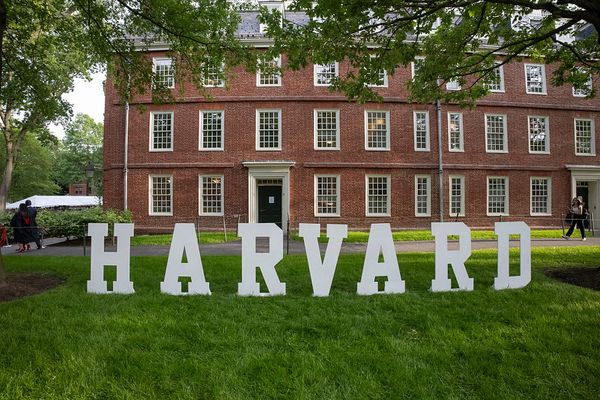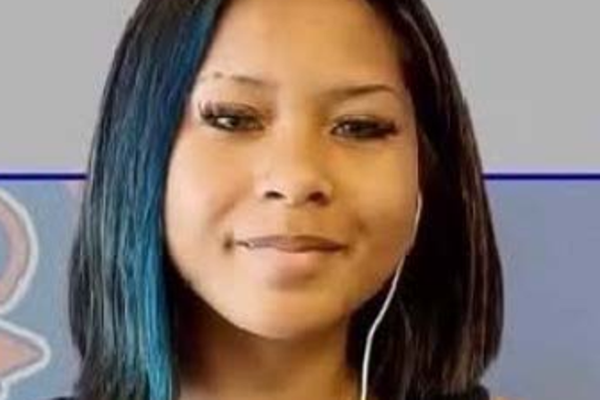
The Modi government has scored a self-goal.
By using emergency provisions in the Information Technology Act to order YouTube and Twitter to take down links to episode one of the BBC’s two-part series India: The Modi Question, the government has ensured that thousands of people have now watched the programme.
The programme was telecast on January 17 on BBC Two, which is only available to viewers in the UK. Yet, given the nature of the internet, it was widely available on social media in no time for anyone anywhere to watch it.
Two days after the first episode was telecast in the UK, India’s external affairs ministry spokesperson Arindan Bagchi said the documentary was a “propaganda” exercise that reflected a “colonial mindset”, and that the government had taken the step to get all links to the episode taken down.
Under the emergency provisions of the IT Act, the government can ask for content to be removed if it affects the “unity, integrity, defence, security or sovereignty of India”. It has been used several times since these provisions were introduced and Twitter has acceded several times to the government’s requests based on this provision. In this instance, barring Bagchi’s statement, the government has not issued any explanation about how this programme falls under any of these categories.
The first episode focused on the communal killings of 2002 in Gujarat when Narendra Modi was chief minister. Its news peg, so to speak, was a confidential report prepared at the time by the British high commission in India on the events that unfolded in the state. According to the report, which has been published on the Caravan’s website, the team that went to Gujarat concluded that Modi was “directly responsible”.
For those familiar with what happened in 2002, there is little that is startlingly new in the programme, barring the British high commission’s report. We see distressing footage of those days and weeks in Gujarat that are familiar to many who watched the events unfold on live television, as India had private TV channels by then that covered the killings. There have also been films like The Final Solution by Rakesh Sharma that recorded the events of 2002.
The producers of the documentary have ensured that both critics and supporters of Modi have a say, giving the former plenty of airtime to put forward their views. There is also a mention of the Supreme Court clearing Modi of all charges of conspiracy.
Then why object to the programme? It’s evident that any reminders of what happened in Gujarat in 2002 are not welcome, even if they are by a foreign channel with a limited audience, now that Modi is the prime minister. If the government thought the documentary would sully Modi’s image internationally, especially when India is chair of the G20, the decision to take it down has misfired. Leading international outlets – including the New York Times, Washington Post, Time, Guardian and others – have questioned the Modi government’s commitment to freedom of expression. Hardly appropriate at a time when the government has claimed that India is the “mother of democracy”.
Apart from individuals viewing the banned episode, there have been attempts at public screenings. But by overreacting to such screenings at Jawaharlal Nehru University, where the power went off just as the screening was to begin, or detaining students who were organising screenings at Jamia Millia Islamia, the government is only adding more fuel to the fire it has lit.
There are likely to be even more acts of defiance, and the debate over the documentary is likely to continue for some time. In some ways, the government has done us a favour. It has drawn the attention of the public to these emergency provisions that have a direct impact on freedom of expression.
Incidentally, so far, the government has raised no objection to the second episode of the series. This looks at what has happened since 2014, when the BJP came to power at the centre and Modi became prime minister. Its specific focus is the status of Muslims in India today and, over the course of one hour, it records the lynching of Muslim men, the impact of the National Register of Citizens on Muslims in Assam, the opposition to the Citizenship Amendment Act, the Delhi riots of 2020, and the reading down of article 370 in Kashmir. Together, this makes a powerful indictment of the policies of the current government.
One of the most chilling sections in episode one is the interview by BBC correspondent Jill McGivering with Modi in 2002. It concludes with this exchange. McGivering asks, “Do you think you should have done anything differently?” Modi responds: “Yes. One area where I was very, very weak. That was how to handle the media.”
The Modi who is now the prime minister of India has figured out how to handle the media.
The provisions of the IT Act that the government used to order the taking down of links to the BBC programme are only one of several steps that this government has taken in the last eight years. They are incremental, like a slow burn. Hence, the response to them has been muted, limited to statements by media organisations and some editorials. But the cumulative impact of these measures has been to try and stifle freedom of expression.
The government’s latest move to control the media is a draft proposal amending the IT Rules that will give the Press and Information Bureau the power to determine what is “fake” or “false” news and demand that it be taken down. The draft has not yet been accepted and several media organisations, such as the Editors Guild, have issued strong statements against it. As a result, the deadline set for objections has been extended. Whether these objections will be taken on board remains to be seen.
However, the very fact that this government can contemplate such an amendment, essentially allowing a government department to decide what is “fake”, with little recourse to a hearing before the action is taken, indicates a larger plan to control free expression. As the Indian Express points out: “...to remove content merely because the government decrees it ‘false’ would restrict free expression without any constitutional justification, violating citizens’ rights to receive all information on public issues, whether true or false.”
Incidentally, for those of us who were journalists during the Emergency of 1975-77, and had a direct experience of press censorship, it was the same PIB that operated as censor under orders from its political bosses. Although today we are not living under an Emergency, to institute a system that gives such powers to a body whose principal job is to put out information about government programmes is ominous, to say the least, and totally unacceptable under any criteria of press freedom.
Unfortunately, as I have mentioned earlier, such incremental steps are like a slow burn. The public does not realise how gradually these curbs are being put in place. It is a perfect strategy to lull people into believing that we live in a free country, with guarantees of free expression, even as this right is being stifled slowly and surely.
Newslaundry is a reader-supported, ad-free, independent news outlet based out of New Delhi. Support their journalism, here.







